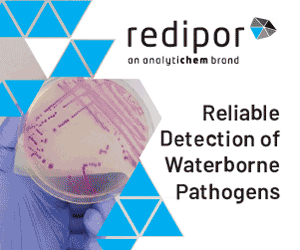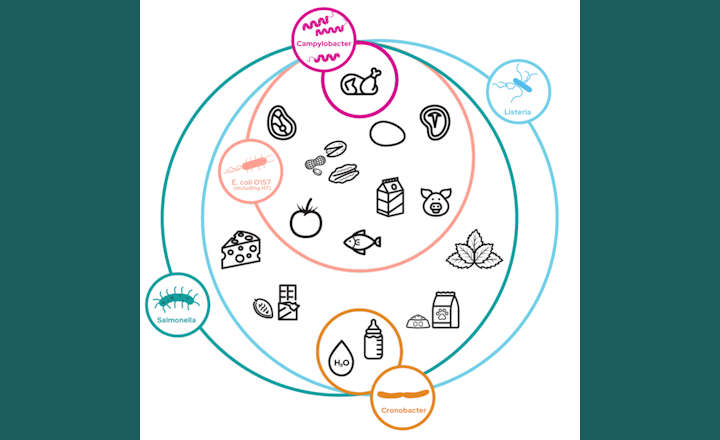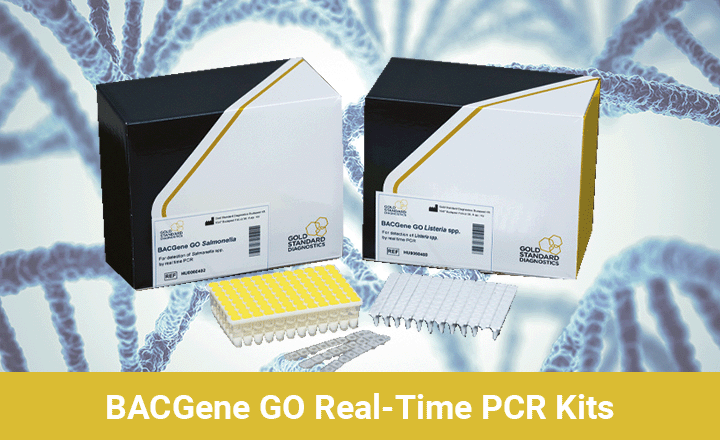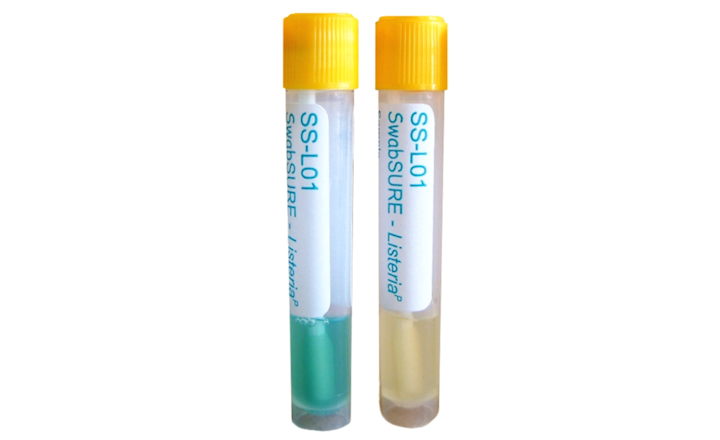- Ready-to-eat foods and produce are processed with minimal kill-steps post‐harvest, making environmental sanitation of surfaces and equipment vital to controlling L. monocytogenes.
- Traditional sanitation metrics focus on planktonic organisms or early‐stage biofilms; mature biofilms pose a hidden hazard, as they can lead to persistence.
- This study underscores that biofilm age, temperature of growth, surface material, and sanitizer type/concentration influence control efficacy.
- For HACCP plans, understanding that standard sanitizers may underperform against mature biofilms is essential for hazard analysis, critical control point (CCP) design, and verification.
Key Findings: Lucy Sutton et al. (2025) investigated how mature biofilms of L. monocytogenes on stainless‐steel coupons at 20°C and 4°C for one week and how they respond to high‐concentration sanitizers.
- Biofilms grown at 20°C achieved ~8 log₁₀ CFU/cm², whereas those at 4°C reached ~4 log₁₀ CFU/cm², highlighting how temperature influences biofilm accumulation.
- Planktonic cells were eliminated by relatively low concentrations of chlorine (150 ppm) or peracetic acid (200); in contrast, mature biofilms resisted high concentrations (chlorine 300 ppm or PAA 500 ppm) and extended exposure.
- Microscopy revealed biofilms adhering to scratches/troughs in stainless steel, indicating physical surface features contribute to persistence of biofilms.
Bigger Picture: This study shifts the sanitation paradigm from simply achieving microbial log reductions toward managing persistent biofilm reservoirs. For HACCP and sanitation teams:
- Mature L. monocytogenes biofilms on processing surfaces can survive standard sanitizer regimes, especially in cold-chain or low-activity zones.
- Temperature control (keeping surfaces cold) helps limit biofilm formation, but once established, biofilms require enhanced mechanical disruption and targeted sanitization beyond typical planktonic protocols.
- Sanitation verification must not just record surface counts but also monitor biofilm presence, surface integrity, and environmental niches (e.g., scratches, joints, drains) that favour persistence.
- This work supports integrating biofilm risk assessment into HACCP hazard analysis and refining CCPs for fresh food processing environments to account for mature biofilms.
(Image Credit: iStock/z1b)
References:
- Sutton et al. (2025) Mature Listeria monocytogenes Biofilms Exhibit Reduced Susceptibility to Sanitizers - Relevance to the (Leafy Green) Fresh Food Supply Chain. Journal of Food Protection, Vol. 88, Issue 12, 100652.
























